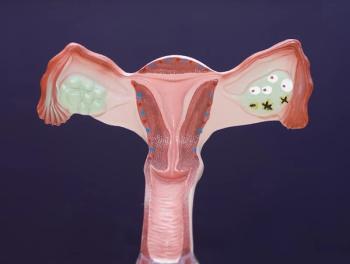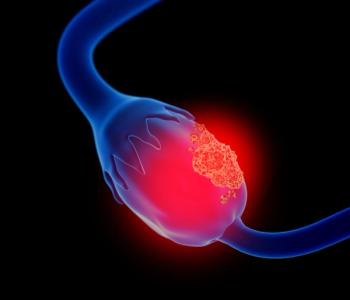
Power Morcellation Use for Hysterectomy Decreased Since FDA Warning
The use of electric power morcellation for hysterectomy has declined since the FDA warned that the procedure, which fragments the uterus into smaller pieces, may result in the spread of undetected malignancies.
The use of electric power morcellation for hysterectomy has declined since the US Food and Drug Administration (FDA) warned that the procedure, which fragments the uterus into smaller pieces, may result in the spread of undetected malignancies.
In April 2014, the FDA issued a safety communication discouraging the use of power morcellation. Shortly after, in November 2014, the agency recommended against the use of morcellation in perimenopausal and postmenopausal women.
In a new study
The study used data from the Perspective database on women aged 18 to 95 who underwent hysterectomy from 2013 to the first quarter of 2015. Overall, 203,520 women were identified; 57.8% of whom underwent minimally invasive hysterectomy.
Of those women who underwent minimally invasive procedures, power morcellation was used in 13.5% in the first quarter of 2013, increased to 13.7% in the fourth quarter of 2013 and decreased to 2.8% by the first quarter of 2015 (P < .001). The rate of abdominal hysterectomies increased during this time period from 27.1% at the beginning of the study period to 31.8% by the first quarter of 2015 (P = .004).
Since the warnings were issued there have been concerns that a decrease in morcellation would result in an increase in hysterectomies performed via laparotomy, with an associated increased risk for complications.
The rate of complications was unchanged from the first quarter of 2013 (8.3%) to the first quarter of 2015 (8.4%). In fact, the rate of complications for abdominal hysterectomy decreased from 18.4% to 17.6% during the study period (P < .001 for trend). The researchers attribute this to a decrease in intraoperative complications. Complications for minimally invasive hysterectomy were stable during the study period.
Among women who underwent morcellation, the rates of uterine cancer, endometrial hyperplasia, and other gynecologic cancers were unchanged.
“The FDA warnings might result in a lower prevalence of cancer among women who underwent morcellation due to greater scrutiny on patient selection,” the researchers wrote. “However, the high rate of abnormal pathology after the warnings highlights the difficulty in the preoperative detection of uterine pathology. Continued caution is needed to limit the inadvertent morcellation of uterine pathology.”
Newsletter
Stay up to date on recent advances in the multidisciplinary approach to cancer.

















































































